Introduction
Welcome to the Solar Electric Vehicle Charging Guide with ChargeHQ! Ever dreamt of powering your car with the sun’s rays? With electric vehicles (EVs) marking a new era in eco-friendly travel, it’s crucial to know how to charge them in the greenest way possible. This guide is your roadmap to setting up an EV charging system that harnesses surplus solar energy, all seamlessly managed by ChargeHQ. Here, we’ll explore how to integrate a smart charger, compatible with the OCPP 1.6 protocol, into your setup. Managed by ChargeHQ, this system guarantees efficient, intelligent charging for your EV, blending cutting-edge green technology with smart innovation. Dive in and discover how to make your electric vehicle truly solar-powered!
How Does Solar Electric Vehicle Charging Guide with ChargeHQ Work?
Solar EV charging utilises solar energy captured by rooftop panels, directly charging your electric vehicle (EV). At the heart of this system are smart chargers, like OpenEVSE, and solar energy management systems such as ChargeHQ. These components work in harmony to ensure that your vehicle is consistently powered by clean, renewable solar energy. The smart chargers efficiently manage the energy flow, giving priority to solar power when it’s available, while ChargeHQ optimizes the overall energy usage. This integration not only fuels your EV with eco-friendly energy but also furthers the commitment to a more sustainable future.
Smart EV Chargers: The Gateway to Efficient Charging
Not all EV chargers are created equal. Smart chargers, unlike their ‘dumb’ counterparts, can be controlled through APIs or standards-based protocols like OCPP 1.6. This smart technology ensures your EV only uses excess solar energy, providing an efficient and cost-effective charging solution.
Smart Centralised Management: The Brain Behind the Operation
To effectively use your surplus solar energy, a smart management system is crucial. It aggregates data from your solar system and smart charger, calculating the excess solar energy available. This system then directs your charger to use only this surplus, ensuring your EV is truly solar-powered.
The Benefits of Solar EV Charging:
- Eco-Friendly: This method maximises the use of renewable energy, reducing your carbon footprint.
- Cost-Effective: By using surplus solar power, you decrease your reliance on the grid, saving on electricity bills.
- Convenience and Control: Manage your EV charging remotely, giving you greater control and flexibility.
Hardware & Software Requirements
For a smooth solar EV charging setup, it’s essential to have the right hardware and software in place. Begin with a charger that’s compatible with the OCPP 1.6 protocol, ensuring seamless communication and efficient operation. Additionally, you’ll need an inverter that aligns with the requirements of your chosen management system. For instance, if you’re using ChargeHQ, refer to their compatibility guide to select an appropriate inverter. Here’s a straightforward guide to help you kickstart your solar EV charging journey:
Step-by-Step Guide to Setting Up Your Solar Electric Vehicle Charging Guide with ChargeHQ
Step 1: Install the OpenEVSE Charger
First, assemble the OpenEVSE charger. It’s designed for ease of use, but make sure a qualified electrician handles the installation for safety and compliance. Once installed, connect the charger to your Wi-Fi for easy access and control.

Step 2: Configure ChargeHQ for Solar Management
ChargeHQ, while subscription-based, is an excellent tool for managing your solar energy. Alternatively, you can use systems like Home Assistant for a DIY approach. Here’s how to set up ChargeHQ:
- Download the ChargeHQ app and create an account.
- Navigate to the My Equipment page to get started.

- Choose your Solar Equipment, in this example I will use Fronius.

- When asked for the PV System ID it is found in your web browser bar.

![]()
- Now connect your smart charger, in this case I will use OpenEVSE.



- You should now have a connection screen that looks like this and you are away!

Conclusion
Switching to solar-powered EV charging is not just an environmentally conscious decision but also a smart financial move. It’s a tangible step towards sustainable living. We hope this guide inspires you to make the change and join the growing community of green energy users. Feel free to share your experiences or questions in the comments below on how the Solar Electric Vehicle Charging Guide with ChargeHQ works for you!






